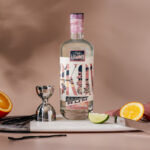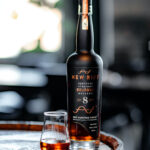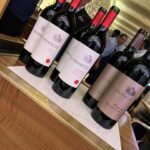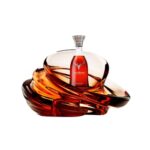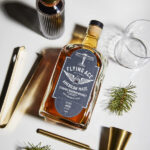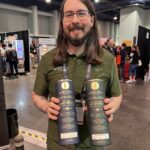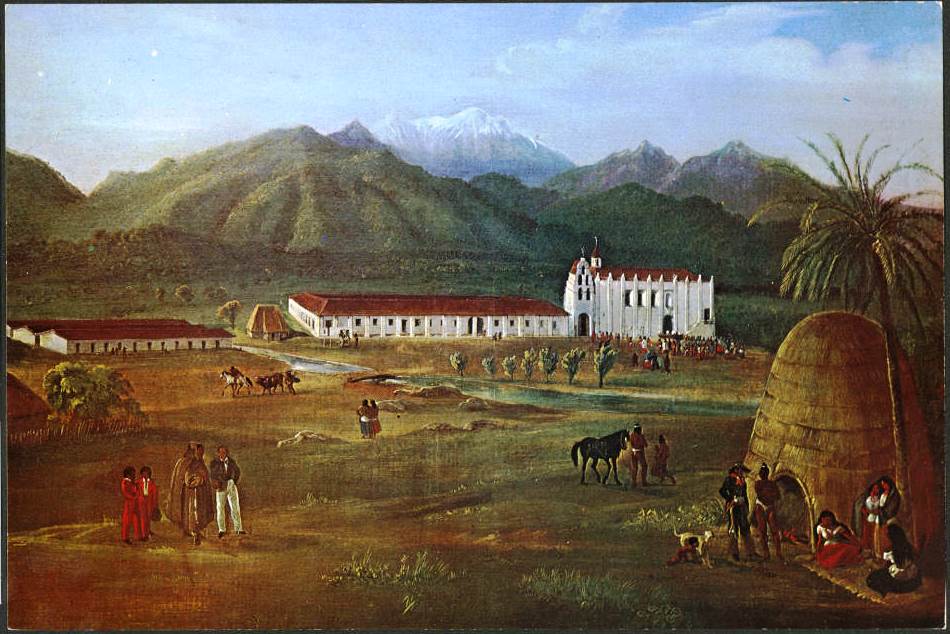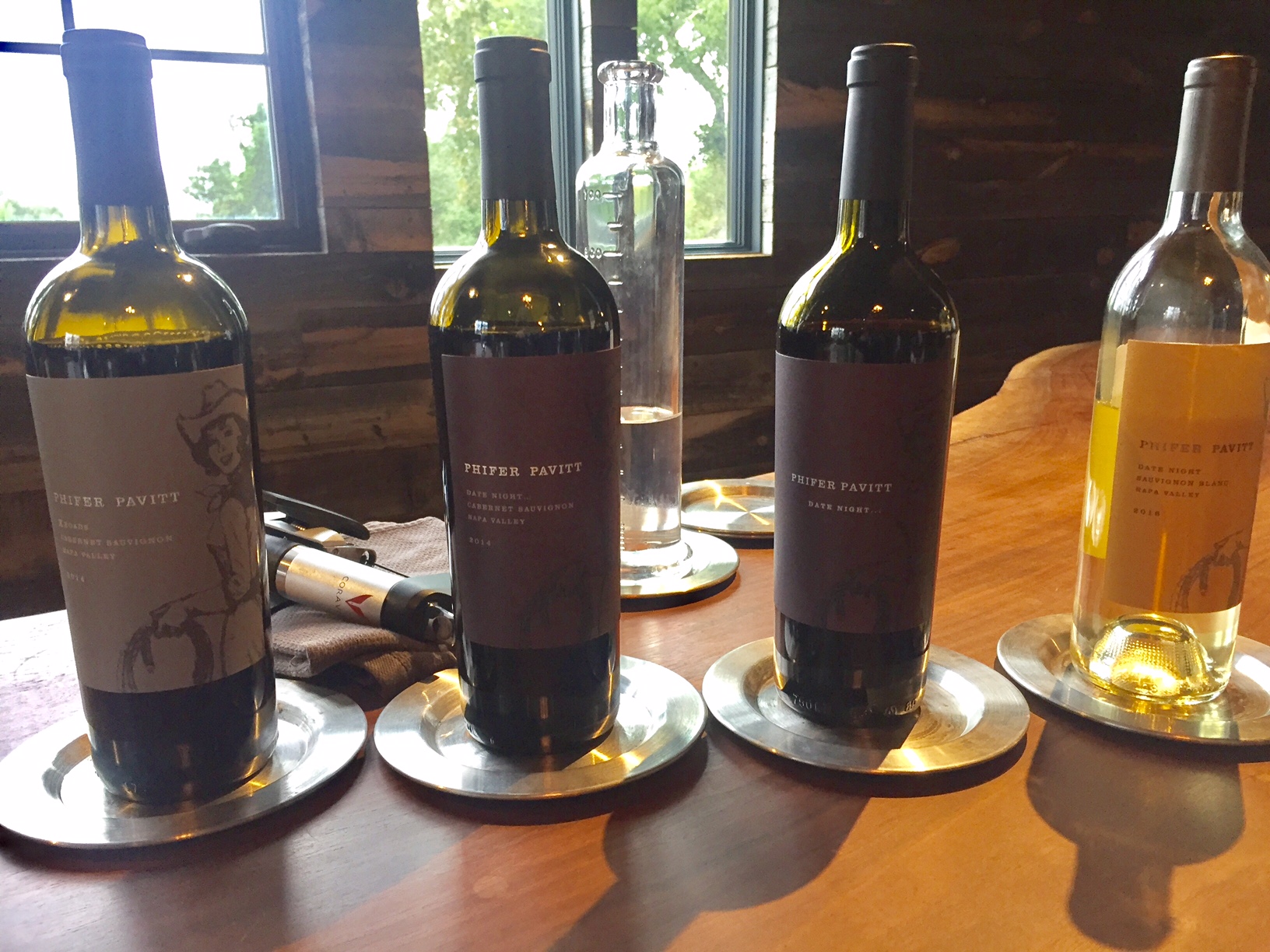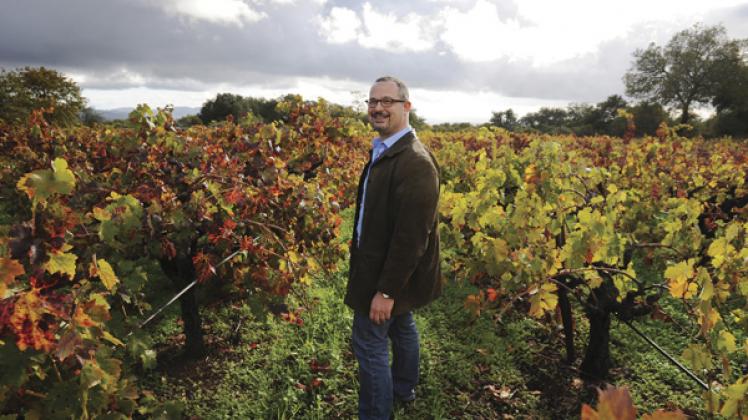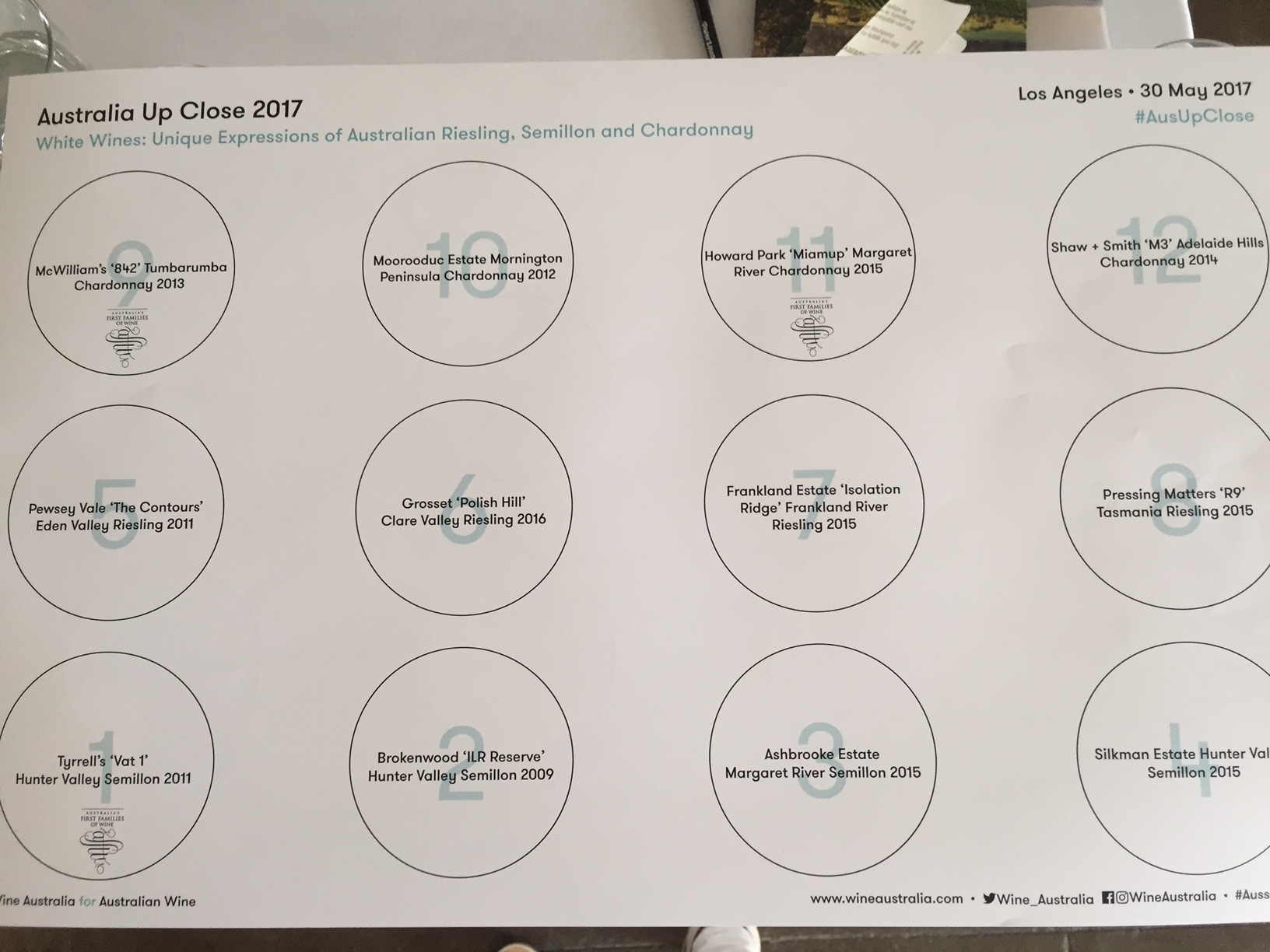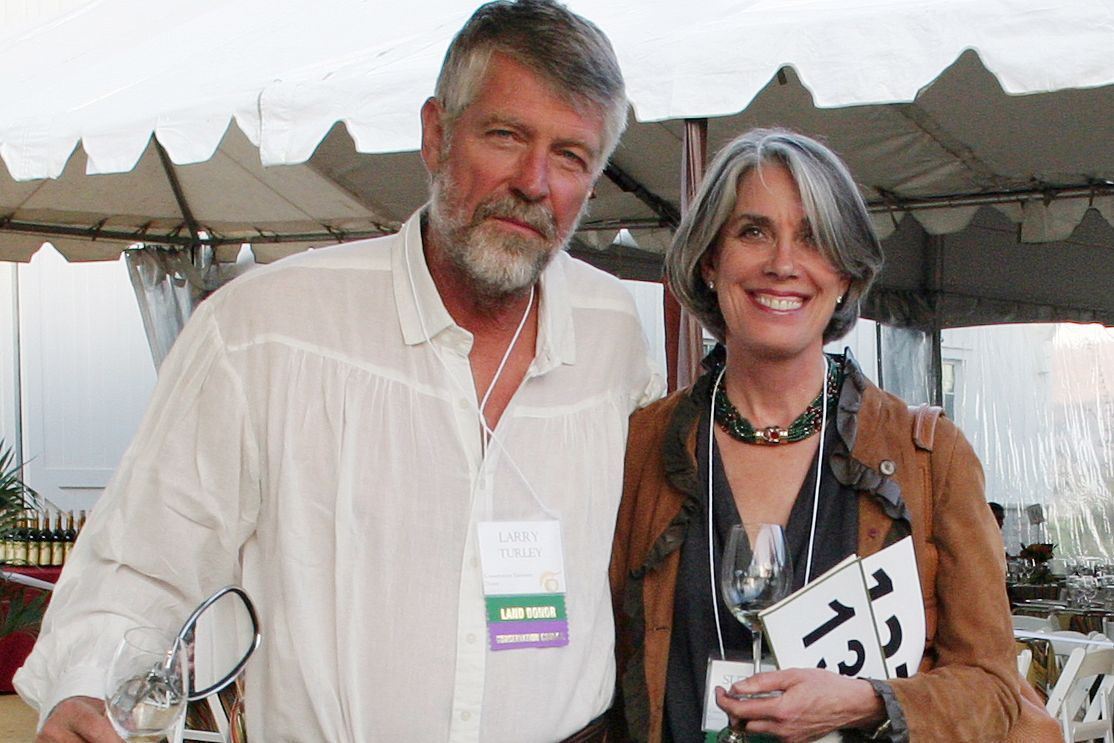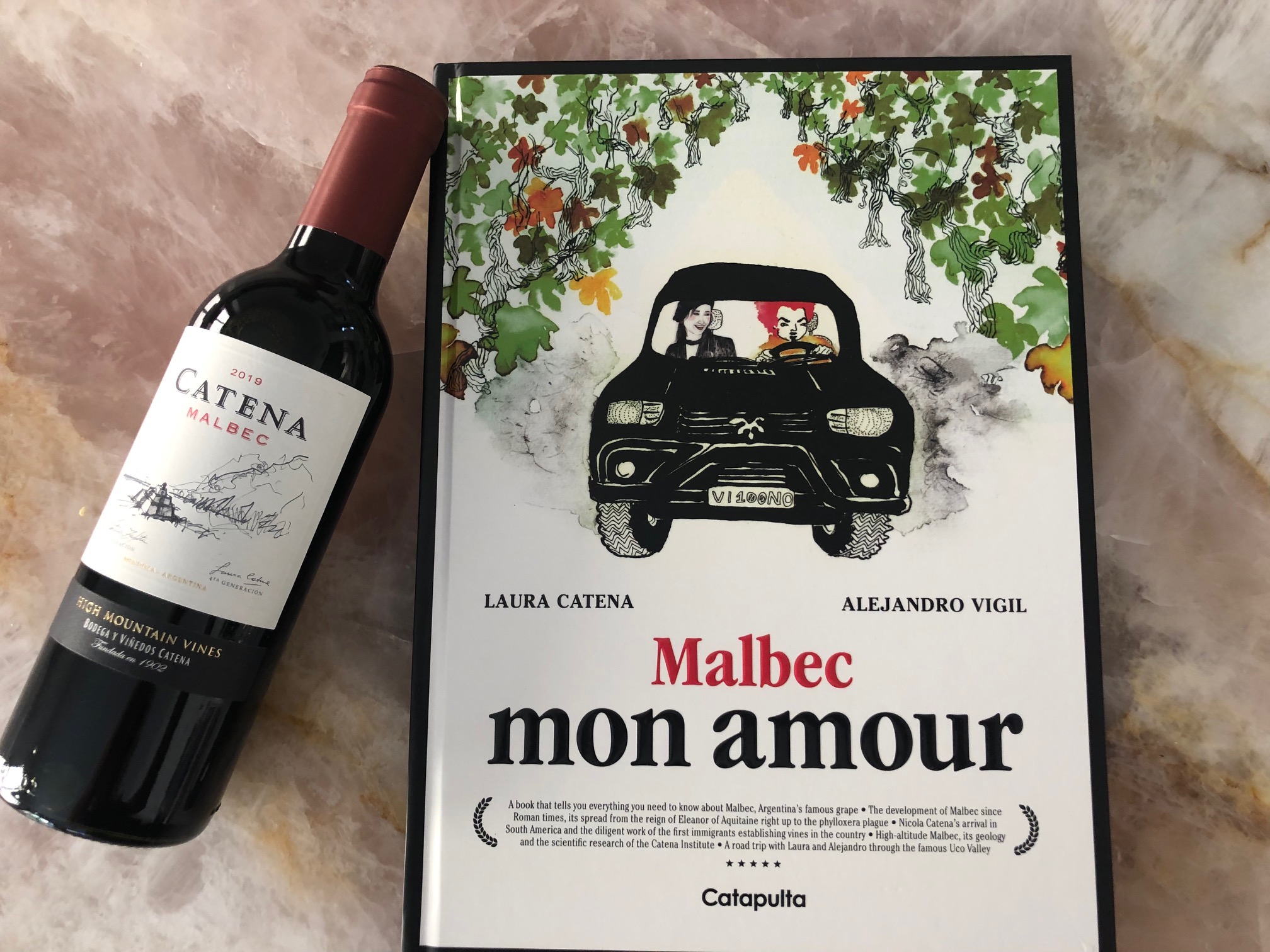
Reviewing the book, Malbec Mon Amour, by Laura Catena and Alejandro Vigil
Recently offered a book written by a vintner I’ve met and admired for a long time, from a country I haven’t visited, and I jumped on it. Filling in the blanks, I’m sharing details from the publisher, my review of the book and their latest vintage below. From the Publisher I wanted to introduce you…
